Description
Universal model that is well suited for both single battles and buhurts. The armor is made of a large number of long plates that lie one upon the other and are attached to the fabric base. Such a construction gives a very good mobility and protection to the bracer – it will suit comfortably on your hand and cover it from all sides, and the overlapping plates will allow them to better hold the hits. Each element is painted in black to protect the steel from rusting. The cloth base consists of two layers, fastened together – a lasting tarpaulin on the inside and wool on the outside. This makes it wear resistant and more durable. The arm protection is attached to the gambeson with the help of an armpoint and is fastened with two leather straps on the arm.
Brigantine armor is very practical to use – it simply folds, comfortable in using, and easy to transport. And last but not least, this is a small price of this armor. If you need high-quality armor, but you do not want to spend a lot of money, then this option will suit you.



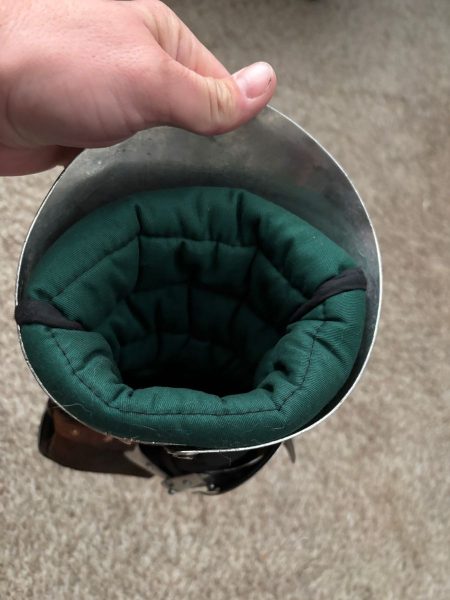

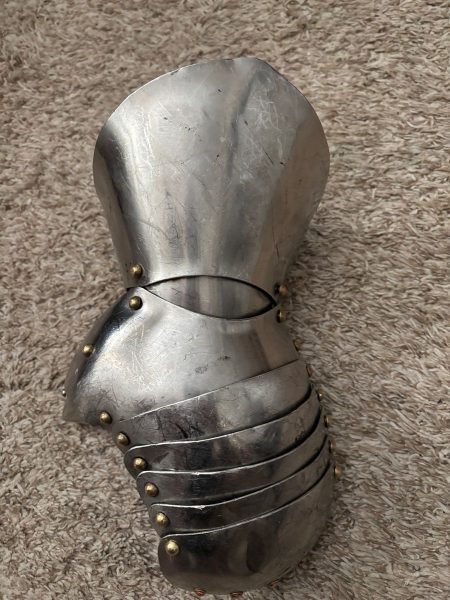
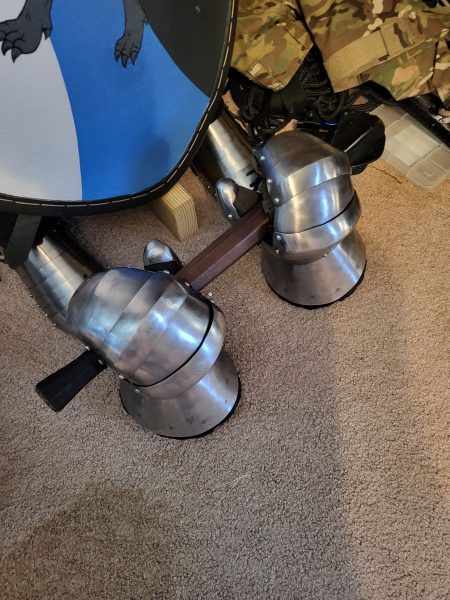
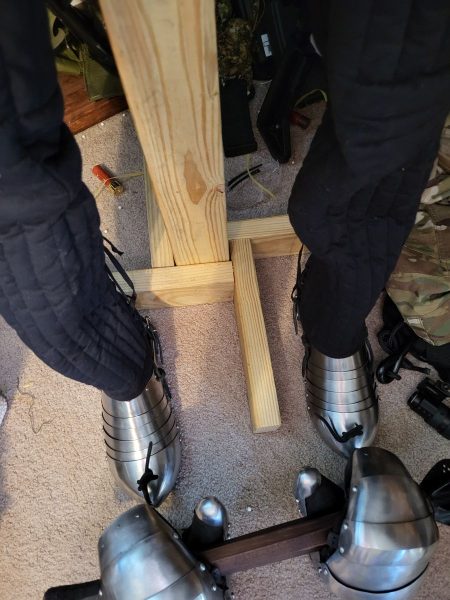
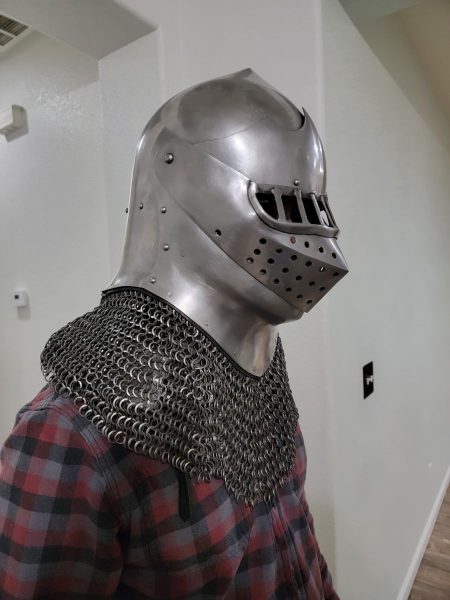
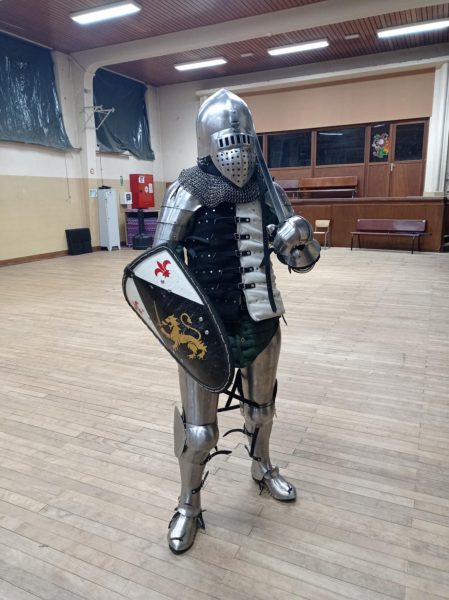
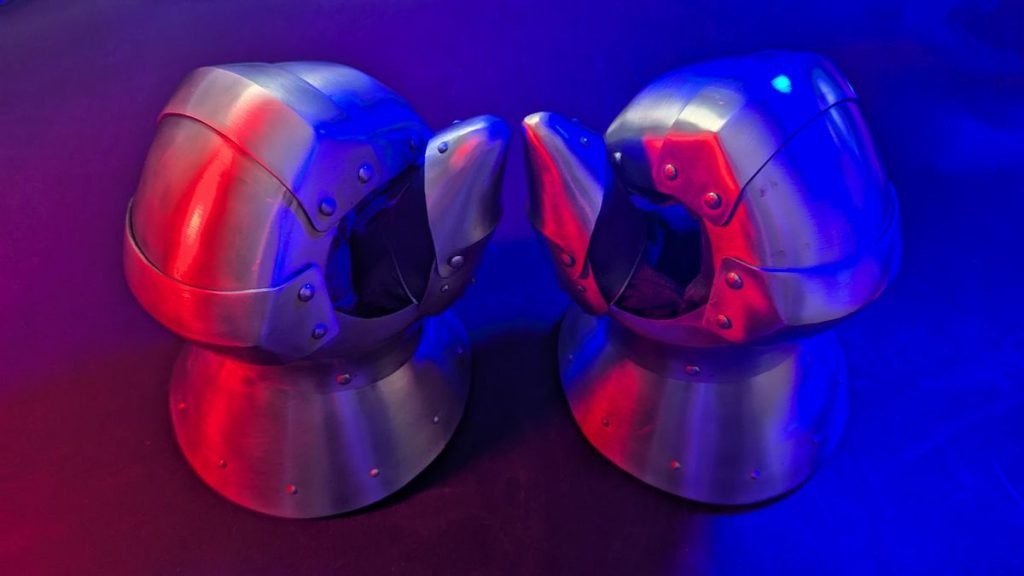


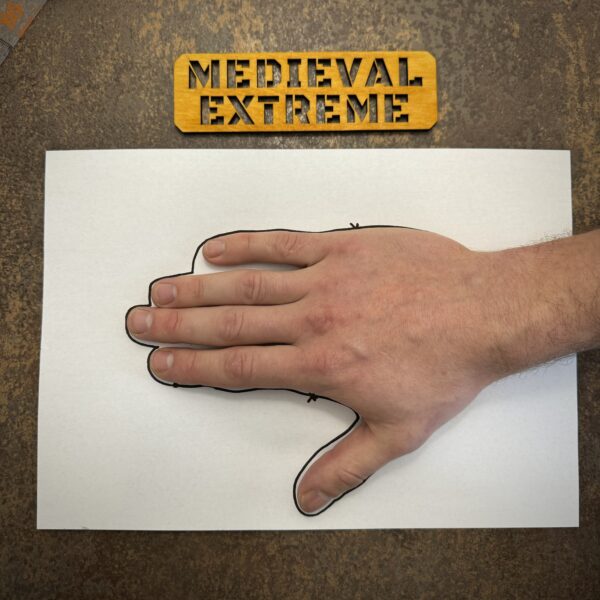
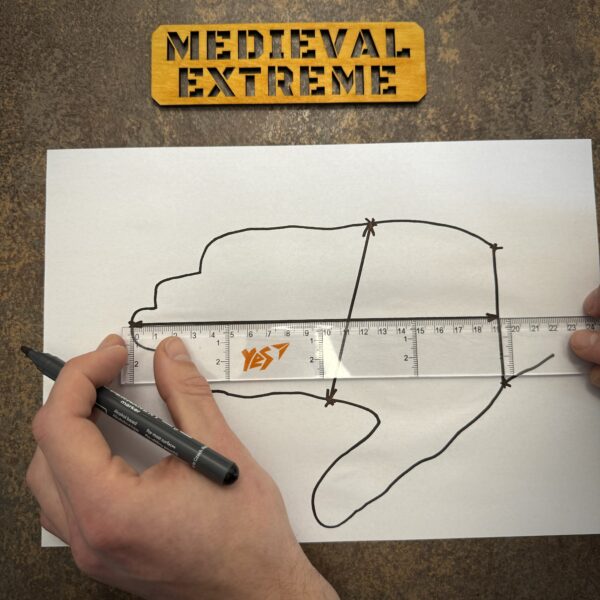
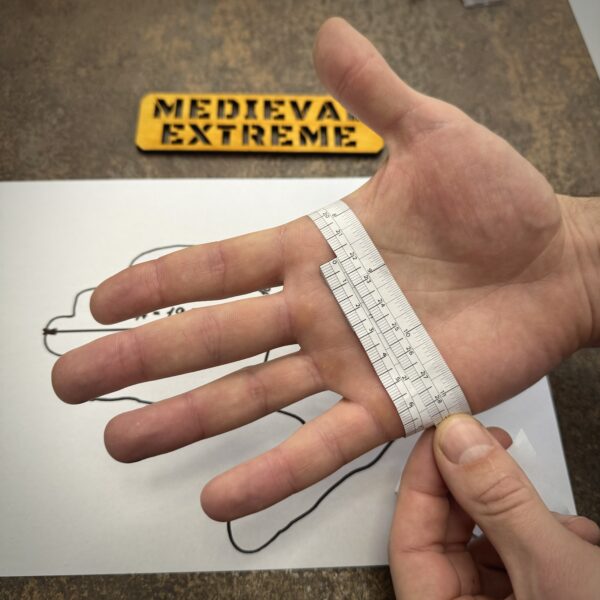
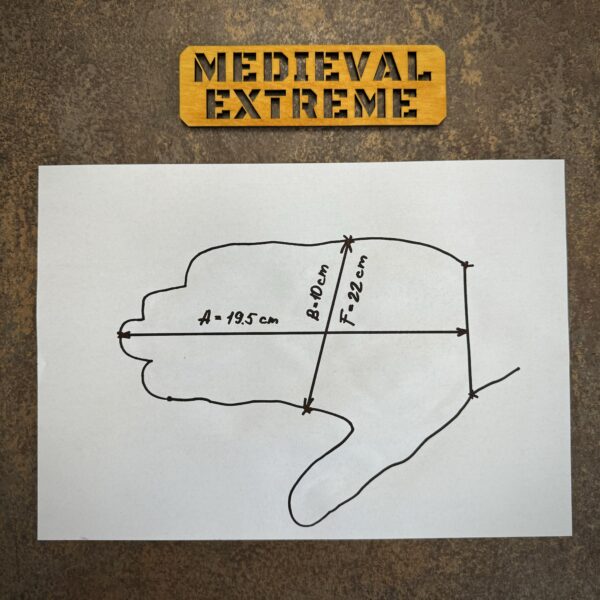
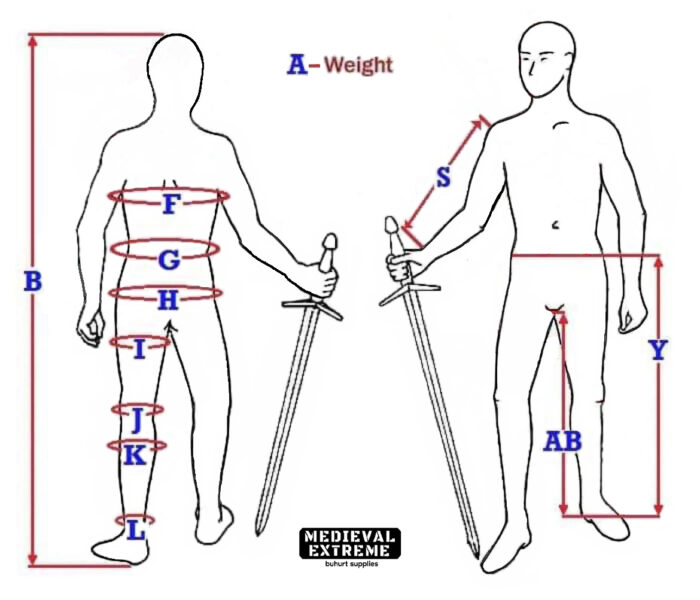
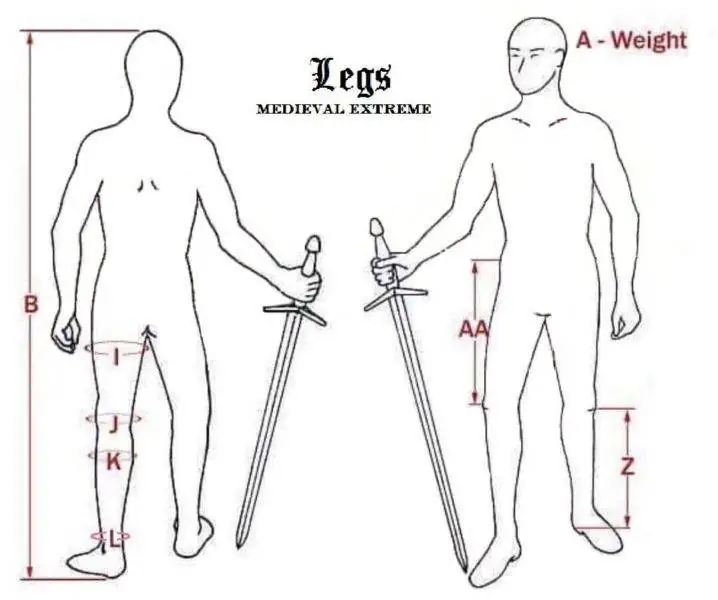
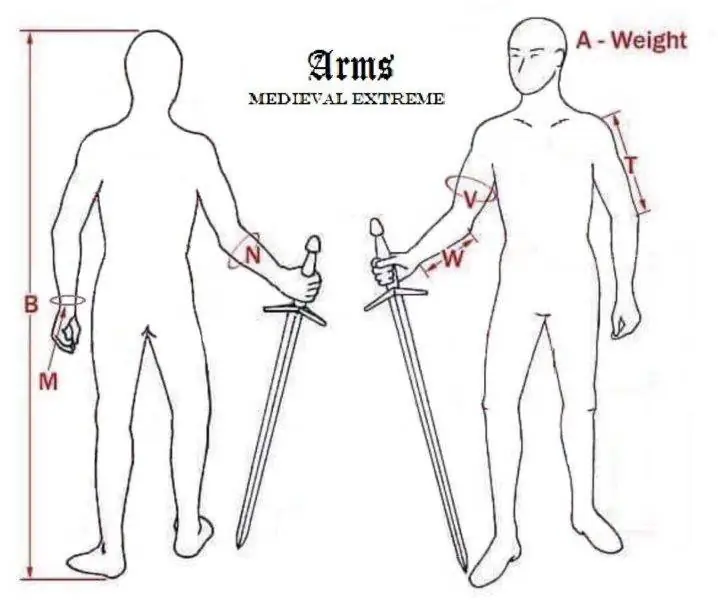
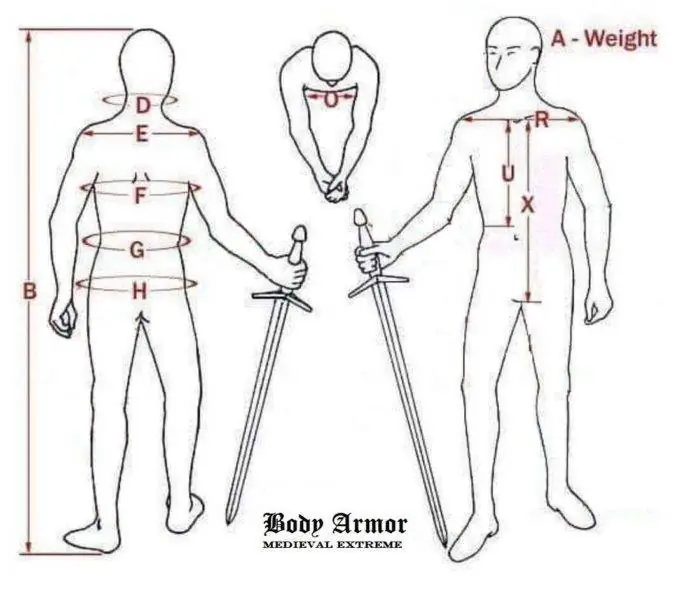

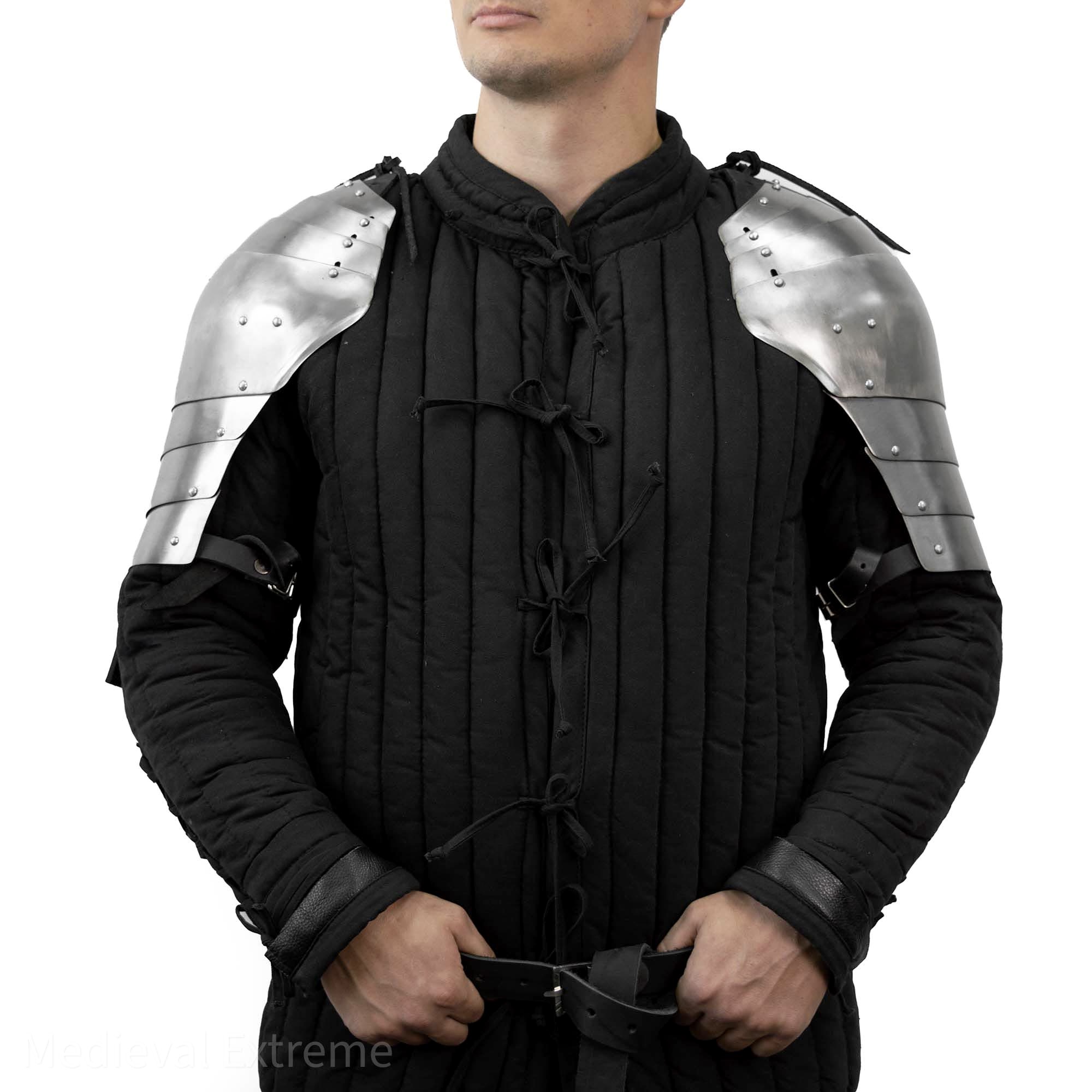
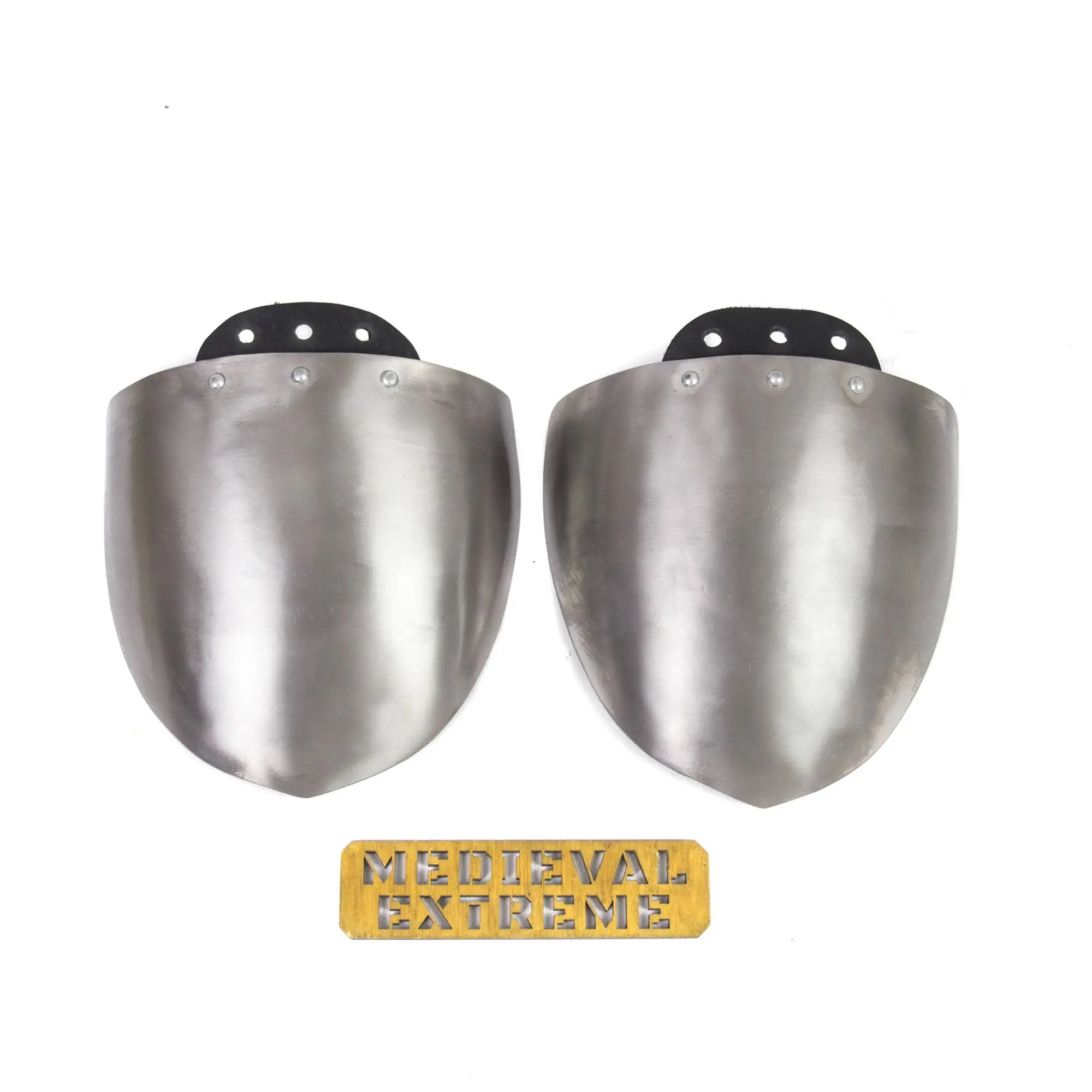
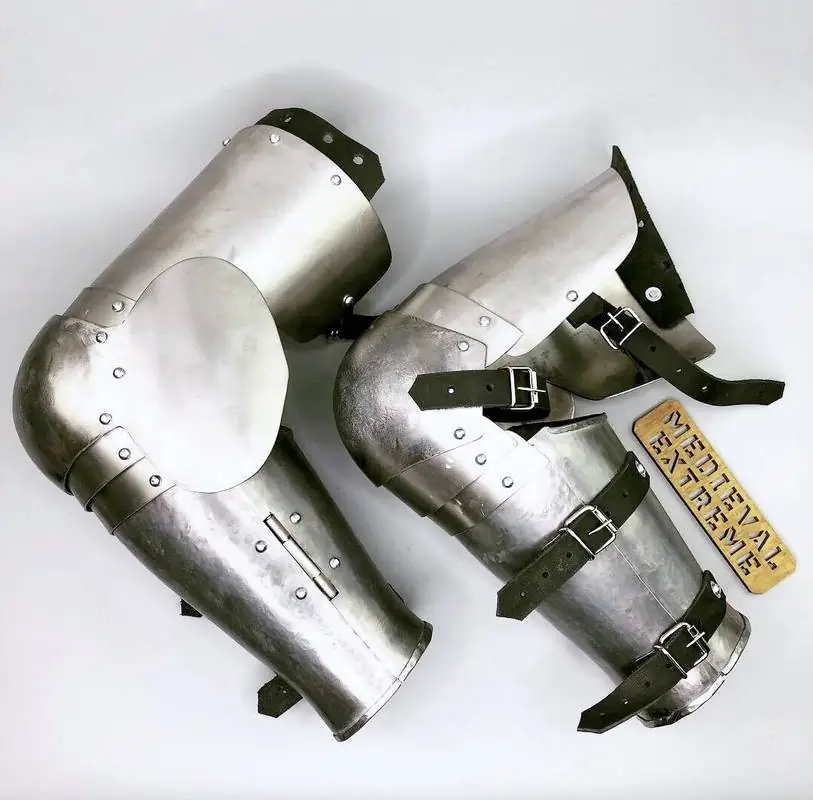
![Medieval boots with sabaton combo [9 segments]](https://medievalextreme.com/wp-content/uploads/2022/02/0B2858F1-F3BC-42F6-904F-6F9F475F4EB6-350x350.jpeg)
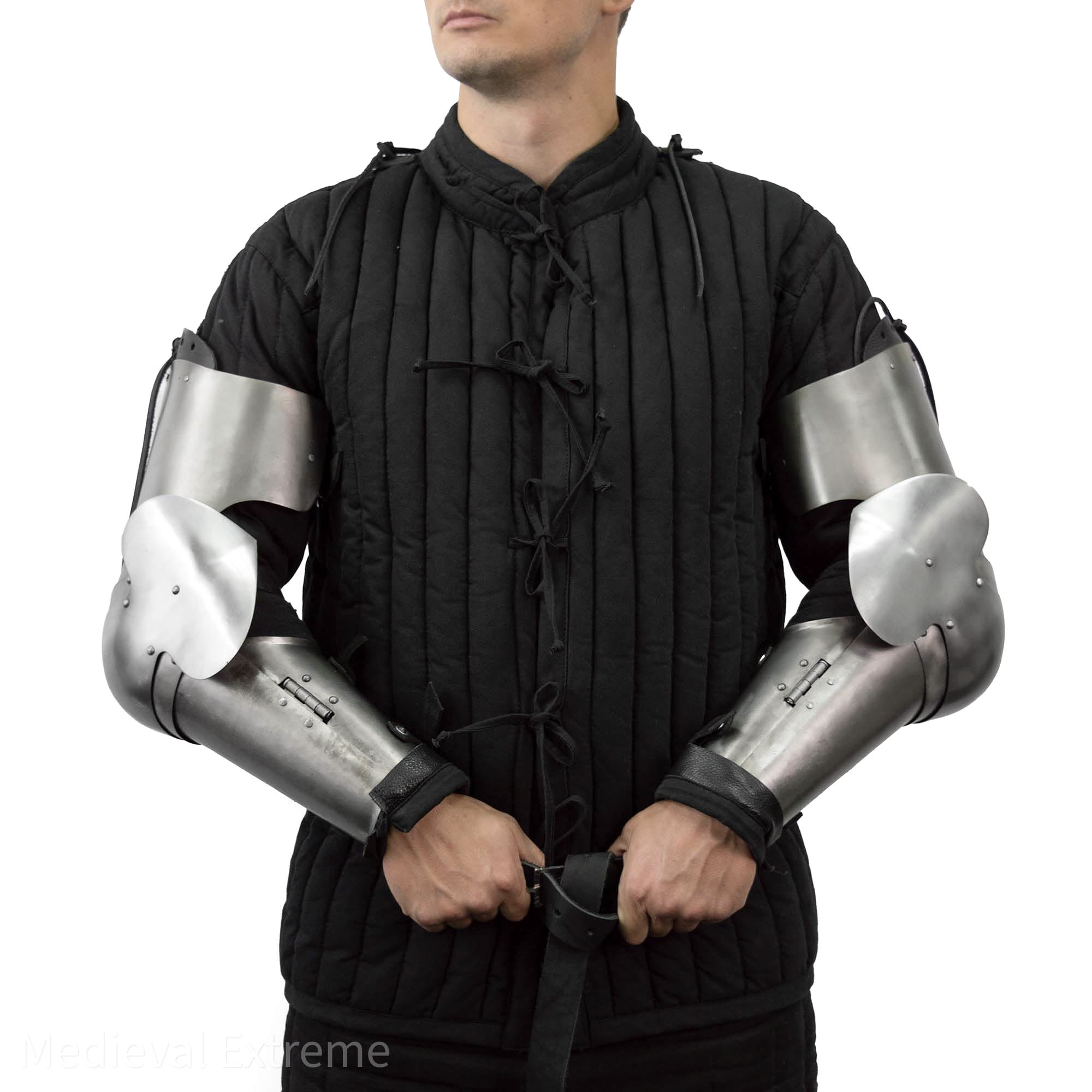
Whas missing the leather add-ons but was made very well
Fits nice and snug thanks to the adjustable straps! Edges were also rounded slightly to help reduce discomfort!
Gauntlet mits were very well made thin in palms to allow weapon grip and nice padding on top for good shock absorption.
Excellent quality as always. I keep coming back to M.E. due to their phenomenal consistency in making high quality gear.